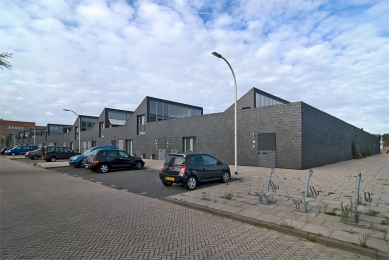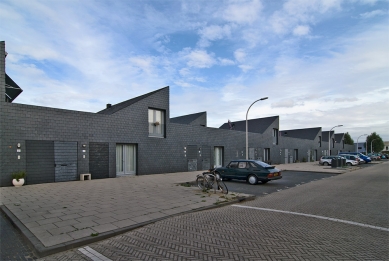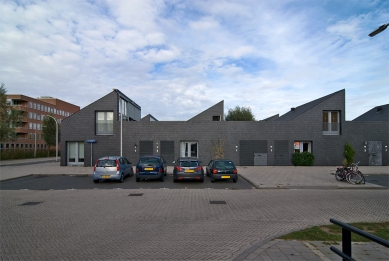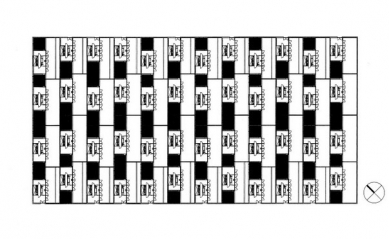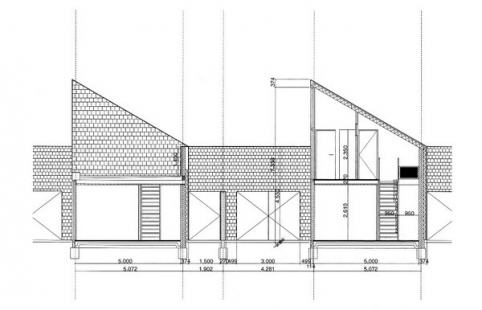
Patio Island

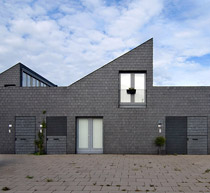 |
Within the 7,000 new houses being built in the Ypenburg housing suburb near The Hague, Waterwijk commands a special position. Compared to other strategies in this plan Waterwijk strives to create the most intense water-focused environment as a way to increase the attraction of the neighborhood and position it to compete better with others. This approach has been carried out by turning the housing area into an archipelago of islands with houses on them.
How can we realize or strengthen an archipelago like this within the market-driven technical possibilities of today?
A diversity of development approaches spreads risk. This is most evident by the choice for as many different living environments as possible for each group of islands: patio houses, garden houses, houses around a court, apartments and reed houses. The differences are increased by the choice for different green facilities, different ecological measures, different lighting, different pavement and different materials for the houses for each island.
The size, 900 houses in total, enables experimentation. Is it true that always 10 percent can be dedicated to experimentation? As in the philosophy of economics, experimentation can exist as long as the remaining homes will carry less risk.
By saving costs in one island, by making islands with fewer quays, with less infrastructure, and fewer details, we can invest in another island that allows for new experimental environments.
Different architects have worked within this concept to increase the diversity.
MVRDV
0 comments
add comment


